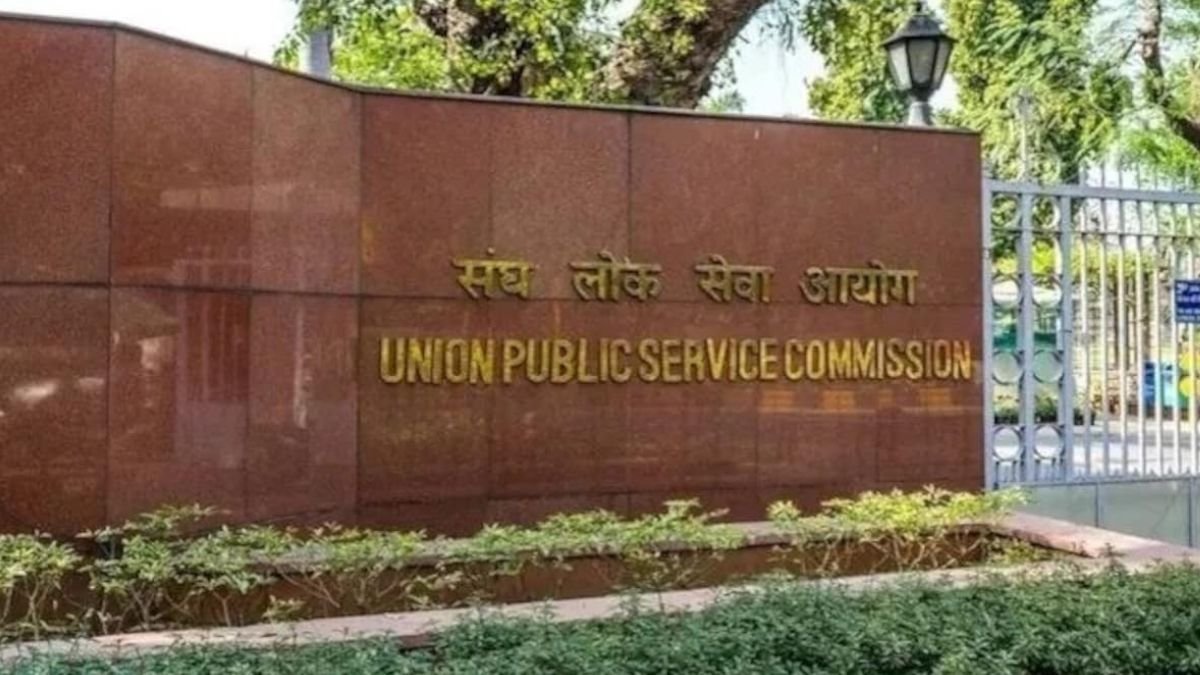Why in the News?
- The Indian Rupee (INR) hit a record low of ₹88.6 against the US dollar on September 23, 2025.
- The decline is notable because the US dollar itself has weakened against most major currencies, yet the rupee continues to lose ground.
- This raises questions about India’s trade competitiveness, investment climate, and monetary policy response.
Key Highlights
- Recent Trends in Rupee Value
- Against the Dollar: Since January 2025, INR has lost over 3% of its value; 3% fell in just one month (August–September 2025).
- Against Other Currencies: Rupee is also weaker against the euro and pound, reflecting a broad-based depreciation.
- Comparisons: While currencies of major economies like the Euro, Yen, Yuan, Real, and Rand have appreciated against the dollar, the INR has fallen, placing India in the company of weaker currencies like Bangladesh and Pakistan.
- Why the Rupee is Sliding
- Exchange Rate Basics: Value depends on relative demand for currencies. If global demand for rupees rises (via exports, FDI, FPI), the rupee strengthens; otherwise, it weakens.
- Weak Exports: India’s export growth is stagnant, worsened by US tariffs and shrinking global demand.
- Falling Investments:
- Foreign Portfolio Investment (FPI) outflows due to weak corporate earnings.
- Foreign Direct Investment (FDI) inflows are slowing as investors doubt India’s medium-term GDP growth.
- Global Factors:
- US interest rate policies keep capital flows tilted towards the dollar.
- Trump-era protectionism has hurt Indian competitiveness.
- Impact of a Weaker Rupee
- Negative Impacts
- Higher Import Costs: Crude oil, electronics, and machinery imports become expensive, fueling inflation.
- Corporate Stress: Indian firms with foreign currency debt face rising repayment burdens.
- Negative Impacts
- Consumer Burden: Prices of fuel, foreign education, travel, and imported goods rise.
- Silver Lining
- Boost to Exports: Indian goods become cheaper for global buyers.
- Tourism: India becomes more affordable for foreign tourists.
- RBI’s Stance: The central bank is allowing a gradual depreciation to support exporters instead of intervening aggressively.
- RBI and Government Response
- Past Approach: RBI used to defend the rupee with large-scale interventions in forex markets.
- Current Approach: Allowing the rupee to weaken moderately to keep exports competitive.
- Policy Tools:
- Can use forex reserves (~$600 bn) to stabilise sudden volatility.
- May adjust interest rates and capital flow regulations to attract investment.
- Government focus on Production Linked Incentive (PLI) schemes and ease of doing business to revive FDI.
- Long-Term Concerns
- Persistent Current Account Deficit (CAD) due to heavy oil import dependence.
- Structural Weaknesses in manufacturing exports — India still struggles to move up the global value chain.
- Falling Investor Confidence linked to doubts over India’s GDP growth trajectory and corporate earnings.
- Risk of Imported Inflation eroding household purchasing power.
Implications
- For Economy
- Rising import costs can widen CAD.
- Pressure on fiscal deficit if subsidies (fuel, food) are increased to cushion inflation.
- For Trade
- A weaker rupee improves price competitiveness but only if export markets are open.
- Protectionism (like Trump’s tariffs) can neutralise benefits.
- For Monetary Policy
- RBI faces a dilemma: allow depreciation to aid exports or intervene to prevent runaway inflation.
- Excessive intervention may deplete forex reserves.
- For Investments
- Sustained rupee weakness discourages FPI inflows (capital flight risk).
- FDI needs structural reforms, not just exchange rate changes.
- For Geopolitics
- Shows India’s vulnerability to global shocks and protectionism.
- Highlights need for diversification of trade partners and greater self-reliance in critical imports (energy, electronics).
Challenges and Way Forward
| Challenges | Way Forward |
| Stagnant exports despite cheaper rupee | Diversify markets, move up value chain in electronics, green tech, pharma |
| High import dependence on crude oil | Accelerate renewable energy, EV adoption, domestic exploration |
| Falling FDI & FPI inflows | Improve ease of doing business, legal stability, labour reforms |
| Risk of imported inflation | Use targeted subsidies, diversify suppliers |
| Global protectionism (e.g., US tariffs) | Strengthen regional trade agreements, pursue FTA with EU |
Conclusion
The rupee’s weakness in 2025 reflects structural vulnerabilities in India’s economy rather than just global dollar trends. While a depreciating currency can temporarily aid exports, without strong fundamentals in trade, investment, and manufacturing competitiveness, it risks triggering inflation and capital flight. India needs a balanced policy mix, short-term stabilisation by RBI and long-term structural reforms by the government, to ensure the rupee regains strength and stability.
| Ensure IAS Mains Question
Q. Discuss the causes and consequences of the persistent depreciation of the Indian rupee against the US dollar. How should India balance the trade-off between supporting exports and containing inflation? (250 words) |
| Ensure IAS Prelims Question
Q. With reference to the exchange rate of the Indian Rupee, consider the following statements: 1. A weaker rupee automatically improves India’s export competitiveness, regardless of global demand conditions. 2. The RBI can intervene in the forex market using India’s foreign exchange reserves. 3. A weaker rupee increases the repayment burden of Indian firms that have borrowed in foreign currencies. 4. Exchange rates are determined only by trade in goods and services, not by investment flows. Which of the statements given above is/are correct? a) 1 and 2 only b) 2 and 3 only c) 1, 3 and 4 only d) 1, 2, 3 and 4 Answer: b) 2 and 3 only Explanation: Statement 1 is incorrect: A weaker rupee does not automatically boost exports. While it lowers export prices, demand depends on global conditions like protectionism, recession, and tariffs. In 2025, despite rupee depreciation, India’s exports stagnated due to US tariffs and weak global demand. Price competitiveness alone cannot ensure export growth. Statement 2 is correct: The RBI intervenes in the foreign exchange market using India’s forex reserves, following a managed float system. By selling dollars and buying rupees, it checks excess depreciation; by buying dollars, it prevents over-appreciation. This stabilises volatility and maintains confidence in the rupee while protecting external sector stability. Statement 3 is correct: A weaker rupee raises repayment burden for Indian firms with foreign currency loans. For example, $1 million debt costs ₹8 crore at ₹80/$, but ₹8.8 crore at ₹88/$. Since revenues are rupee-based, depreciation increases liabilities, reduces profitability, and heightens default risks for companies with significant external borrowings. Statement 4 is incorrect: Exchange rates are shaped by both trade flows and capital flows. While exports and imports impact currency demand-supply, portfolio and direct investments strongly influence forex markets. Large inflows can strengthen the rupee even with stagnant trade, while capital flight can weaken it. Hence, investment flows are equally critical. |
|
Also Read |
|
| UPSC Foundation Course | UPSC Daily Current Affairs |
| UPSC Monthly Magazine | CSAT Foundation Course |
| Free MCQs for UPSC Prelims | UPSC Test Series |
| ENSURE IAS NOTES | Our Booklist |





